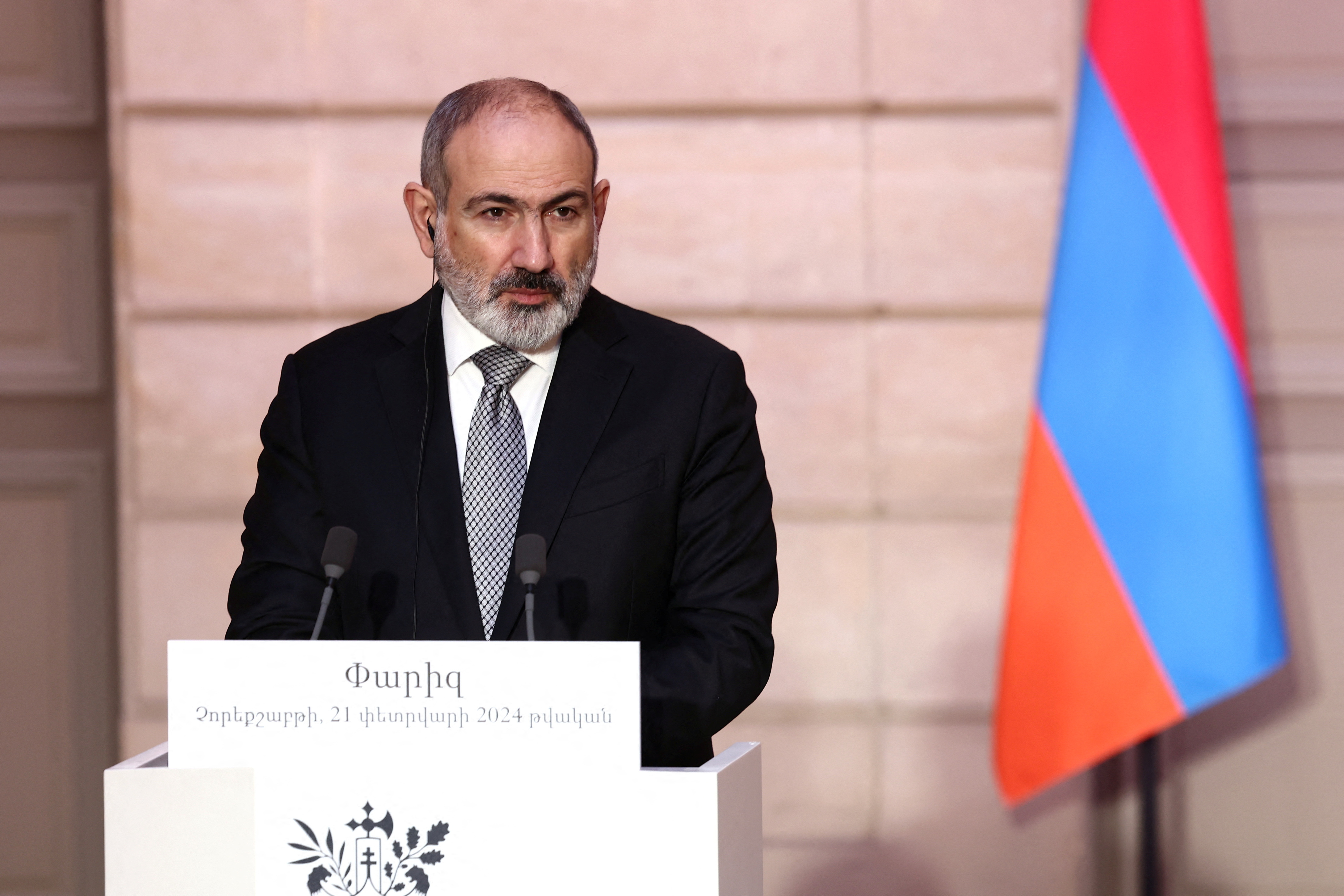Armenia and Azerbaijan Progress on Border Delimitation and Dialogue for Regional Stability

Armenia and Azerbaijan Signal Steady Progress on Border Delimitation and Dialogue
In a significant move, the leaders of Armenia and Azerbaijan have given instructions for the continuation of efforts to clarify the borders between their countries. This directive, announced by the Armenian government, follows high-level discussions between Prime Minister Nikol Pashinyan and President Ilham Aliyev. Alongside the focus on boundary matters, both sides have committed to sustained negotiations and a set of measures intended to foster trust and stability in the region.
Understanding the Border Delimitation Initiative
The pursuit to define and secure the state boundary marks a pivotal development for both Armenia and Azerbaijan. Recent meetings, notably the most recent in January 2025, have addressed not just the exact location of the border but the procedures and technicalities required for such a complex task. The process is being guided by dedicated state commissions from both countries, led by their respective deputy prime ministers, and covers the full stretch from the intersection with Georgia in the north to the tripoint with Iran in the south. These discussions are anchored in regulated frameworks, drawing upon historical documentation and aiming for a stepwise, transparent approach.
Clarity over the demarcation is widely viewed as essential to strengthening national sovereignty and reducing vulnerabilities. By setting up clear guidelines and methodologies, both sides seek to minimize risks and prevent misunderstandings that could escalate into disputes. In practical terms, the demarcation process includes agreement on which segments to address first, the exchange of technical data, and the drafting of guidelines for fieldwork and verification. The process is deliberate and methodical, reflecting the complexity of the terrain and the need for acceptance by local and national stakeholders on both sides.
Negotiations and Confidence-Building at the Heart of Regional Stability
Beyond the technical aspects of the delineation, the recent decision highlights a broader commitment to dialogue and stability. The agreement between Prime Minister Pashinyan and President Aliyev to continue negotiations marks an acknowledgment of the importance of ongoing communication. These talks extend into issues around economic connectivity, mutual security assurances, and the unblocking of infrastructure, which is vital for regional development and broader integration. Efforts to enhance transparency and promote direct contact between government officials are designed to reduce tension and increase predictability in a historically volatile region.
Confidence-building measures are a cornerstone of these developments. While details of such measures have not been publicly disclosed in full, the principle is clear: increasing the sense of safety, trust, and reliability between both countries. This includes agreeing on procedures for managing incidents, setting up mechanisms for regular consultation, and possibly implementing new protocols for cross-border interaction. Such steps are recognized in international diplomacy as vital tools for preventing conflict and deepening cooperation.
Key Terms and Milestones in the Process
The terminology central to these developments—delimitation, demarcation, and confidence-building—reflects the layered nature of the engagement. Delimitation refers to the formal legal and technical process of defining the boundary line on maps and in documents. Demarcation involves physically marking the border on the ground, through the installation of pillars or markers. Both require extensive consultation, technical expertise, and diplomatic tact. Recent ratifications and legislative approvals in the Armenian National Assembly illustrate the political will behind these technical processes and underline the importance of legal and constitutional compliance.
The process is not without challenges. Each meeting between technical commissions and leaders represents a critical milestone, often following weeks of preparatory work and careful negotiation. The decision to begin from the northern tri-border point with Georgia and proceed southward signals a structured approach, prioritizing sections where agreement may be more readily achievable. Technical talks currently focus on how to proceed in a way that ensures each side’s concerns about sovereignty and security are addressed, supporting the goal of a lasting peace settlement underpinned by recognized international borders.
Implications for the Future
The renewed commitment to this initiative conveys a message of perseverance and pragmatism. As both countries navigate the complexities of their relationship, the practical steps taken towards border clarity and ongoing talks demonstrate an intent to build a more predictable and peaceful regional order. The effectiveness of confidence-building and the sustained attention of national leaders are expected to play a decisive role in the months ahead.
With the technical teams working under the guidance of their respective governments, the process continues to be monitored closely by observers and the population in both countries. While external opinions on the pace and detail of the agreement may vary, the direction set by the latest instructions provides a roadmap for further progress, grounded in recognized diplomatic practices and a shared interest in regional stability.
